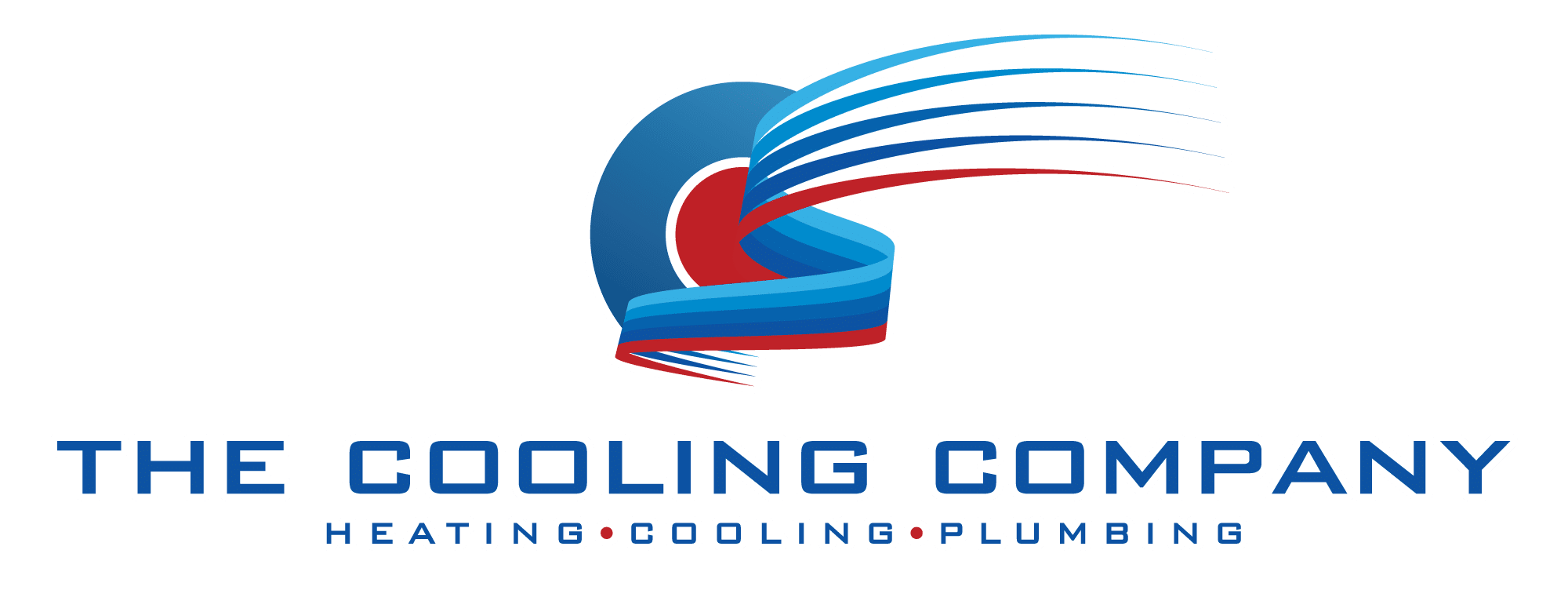Functionality & Design
The drain pan sits directly beneath the evaporator coil. As warm, humid air flows over the coil, moisture condenses and drips into the pan. From there, a primary drain line carries water outside or into your home’s plumbing. If that line ever clogs, the pan itself acts as a temporary reservoir, giving you time to clear the obstruction before damage occurs.
- Condensate Collection: By intercepting condensate at the source, the pan prevents pooled water from corroding metal components or seeping into walls and ceilings.
- Secondary Barrier: In the event of a clogged line, the pan’s holding capacity averts immediate overflow—an essential safeguard against sudden leaks.
For industry-leading guidance on moisture control across your HVAC system, consult the U.S. EPA’s “Moisture Control Guidance for Building Design, Construction and Maintenance” page
Material Options
Selecting the ideal drain-pan material involves balancing cost, durability, and corrosion resistance.
- Plastic Pans: Lightweight and corrosion-proof, plastic pans (often made of polypropylene) are popular for residential systems. Their nonporous surface simplifies routine cleaning with vinegar or enzyme solutions.
- Metal Pans: Galvanized steel and aluminum pans stand up to heavy commercial use and higher temperatures but require periodic inspection for rust or pitting. Applying a corrosion-inhibiting coating can extend their service life.
- Hybrid Designs: Combining a metal framework with a plastic liner, hybrid pans offer structural strength plus anti-rust protection—ideal for systems in coastal or high-humidity environments.
For a deeper dive into optimizing energy efficiency alongside material choices, see the U.S. Department of Energy’s overview of Air Conditioning Systems.
Sizing & Placement
An undersized pan overflows; an oversized pan can trap debris and complicate installation.
- Calculating Capacity: Estimate 0.1–0.2 gallons of condensate per hour per ton of cooling capacity, then adjust upward in humid climates.
- Drain Line Slope: A minimum pitch of 1/8″ per foot ensures steady flow. Too little slope invites standing water; too much can accelerate biofilm buildup.
Professional measurement and installation guarantee that your drain pan fits your system’s specifications and your home’s layout—preventing future challenges before they start.
Common Problems
Even the best pans can develop issues without regular care:
- Cracks & Corrosion: Plastic pans can form hairline cracks; metal pans may corrode at stress points or seams. Quarterly inspections help you spot leaks early—look for moisture around the unit and rust stains on the pan’s exterior.
- Clogs & Overflows: Leaves, dust, and biofilm (algae and mold) often accumulate in drain lines, impeding flow and causing backups. To maintain unobstructed drainage, flush lines with an HVAC-approved enzyme cleaner every three months.
For standardized recommendations on cleaning and health safety protocols, refer to the National Air Duct Cleaners Association’s General Specifications for Cleaning of Commercial HVAC Systems.
Leak Detection: Sensors & Alarms
Early detection is the key to avoiding major water damage:
- Optimal Sensor Placement: Mount moisture sensors directly beneath the pan, in any secondary overflow trays, and in nearby attics or crawlspaces.
- Automatic Shut-Off & Alerts: Connect sensors to smart shut-off valves that halt water flow at the first sign of a leak. Real-time mobile notifications let you respond immediately—whether you’re home or away.
To learn more about integrating these technologies in your system, explore our detailed guide on AC Sensors.
Drain Lines: Primary vs. Secondary
Most modern HVAC units feature two drain lines:
- Primary Line: Handles everyday condensate removal under normal conditions.
- Secondary Line: A backup channel in case the primary clogs, directing overflow away and buying you time to address the clog.
During every service call, The Cooling Company’s technicians inspect and clear both lines.
Contaminants & Health Risks
Stagnant moisture fosters microbial growth:
- Mold Growth: Airborne mold spores thrive in the dark, damp environment of an unclean pan. Once spores enter your ductwork, they can exacerbate allergies and respiratory issues.
- Algae Buildup: Warm temperatures accelerate algae and slime formation, which not only clogs drains but can also emit musty odors.
Regular pan and line cleaning directly contributes to healthier indoor air quality for your family and pets.
Cleaning Procedures
Maintain a spotless pan with these proven methods:
- Chemical Cleaners: Use HVAC-specific biocidal solutions to target stubborn mold and algae. Always follow manufacturer guidelines to avoid damage to coils and seals.
- Natural Solutions: A simple 1:1 vinegar-and-water flush kills most microbes and is gentle on system components. Let the solution sit 20–30 minutes before rinsing with clean water.
Aim for at least annual cleanings—or semi-annual in high-humidity regions—to stay ahead of buildup.
Replacement Indicators
Replace your pan when these signs appear:
- Visible Wear: Persistent leaks, warped edges, or cracks that reappear after repairs.
- Advanced Corrosion: Flaking metal or deep pitting in steel pans indicates structural failure is imminent.
Ask about our AC maintenance specials—The Cooling Company offers competitive rates on drain-pan replacement and full-system tune-ups.
Installation Nuances
Precision installation prevents recurring headaches:
- Accurate Slope: Even a 1/16″ error per foot can cause water to pool.
- Secure Seals: Use high-quality PVC fittings and sealants to eliminate micro-leaks that lead to mold.
Our certified technicians guarantee correct slope and leak-proof connections—learn more on our AC Maintenance Services Page.
DIY vs. Professional Service
Balance your maintenance routine:
- DIY Tasks: Air filter replacements, basic pan inspections, and vinegar flushes. Follow our AC Maintenance Blog for detailed how-to posts.
- Professional Services: Comprehensive line cleanings, pan replacements, and system diagnostics using advanced tools.
If you need AC maintenance, come to The Cooling Company—we handle every detail so you don’t have to worry.
Legal & Insurance Considerations
Staying compliant shields you from liability:
- Building Codes: Your local code may specify minimum drainage slopes and materials. Noncompliance can lead to fines or failed inspections.
- Insurance Requirements: Many policies mandate documented maintenance—complete with drain-pan service records—to cover water-damage claims.
Maintain organized service logs and invoices for seamless insurer and inspector reviews.
Emergency Protocols
When leaks happen, act swiftly:
- Immediate Steps: Cut power to your HVAC system and shut off any accessible water valves.
- Long-Term Fixes: Schedule a professional inspection, sensor installation, or pan replacement to eliminate root causes.
Innovations & Future Trends
The next generation of drainage technology is here:
- Wi-Fi-Enabled Pans: Built-in sensors report moisture levels via mobile apps.
- Self-Cleaning Designs: Automated flush cycles and UV-C treatments minimize manual maintenance.
Investing in these upgrades reduces unscheduled service calls and extends system life.
Cost Analysis & Warranties
Plan your budget wisely:
- Repair Costs: Minor pan patching typically ranges $50–$150; full drain-line cleanings $75–$200.
- Replacement & Installation: Plastic pans cost $200–$400; premium metal or hybrid pans $400–$800, including labor.
Most manufacturers back pans with 1–5 year warranties. Consider extended-coverage plans to safeguard your investment for years to come.
Next Steps
Your HVAC drain pan is a small yet critical part of your AC system—one that protects against water damage, mold, and unexpected repairs. By choosing the right materials, ensuring proper installation, staying on top of cleaning, and leveraging smart-sensor technology, you’ll keep your system running smoothly and your indoor air healthy.
Schedule your AC maintenance today with The Cooling Company to keep your drain pan—and your home—protected from water damage.



